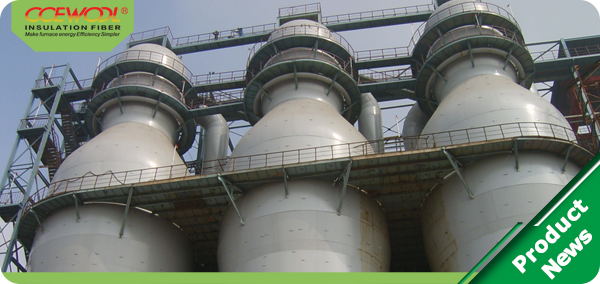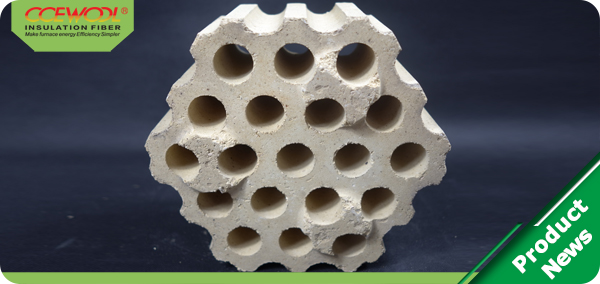
Jan. 04, 2017
The following figure shows the material distribution of external combustion hot blast furnace refractory brick, including clay brick, high alumina brick and silica brick. CCEWOOL can provide a full range of fire-resistant insulation products according to customer applications and different industry needs.

The features of hot blast furnace refractory brick:
1) Using high temperature stability silica bricks in high temperature region. In addition, in the part with huge temperature change, the high-alumina brick is used even in the high-temperature portion.
2) Taking into account the stability of refractory bricks, using large refractory bricks, convex refractory bricks or trapezoidal refractory bricks in the most heated parts.
3) Setting the expansion joint does not harm the thermal expansion of the refractory bricks.
4) In order to prevent the red-hot iron caused by the wind channeling, spraying unshaped refractory materials at high temperature of the metal surface.

The shape of (the checker brick) hot blast furnace refractory brick is as follows:
Next week we will introduce the structure of the dome and taper refractory bricks. CCEWOOL hot blast furnace refractory bricks with 40 years of production experience. Manufactured according to ASTM & JIS standards. Temperature arrange from 1250C - 1520C, according to different applications and industry sectors to provide a full range of fire - resistant insulation materials and furnace solutions. Hope it is helpful.
